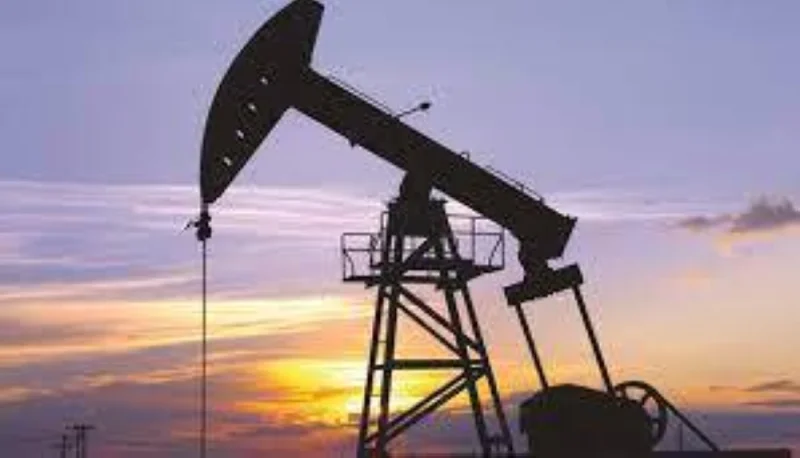The storm in markets at present cannot be seen as a challenge to commodity market fundamentals, yet, Emirates NBD noted commodities will ride out of financial market stress.
The current squall in financial markets has hit oil markets hard. Brent futures have fallen $9/b since the end of February, roughly an 11% drop. Moves in the WTI price have been of a similar scale, dropping to less than $70/b by mid-March, their lowest levels since the end of 2021. But the tempest in oil prices is thanks to a shift in risk appetite, not a change to the fundamental picture for crude oil.
The move in oil prices is headline-grabbing but if it meant a revaluation of supply and demand balances, and Emirates NBD would expect to see a commensurate move in other commodities, particularly in oil products. So far this has not been the case.
Gasoline futures have actually risen since the end of February, up 3% while benchmark gasoil futures have fallen, but not to the same degree as oil prices, Emirates NBD said.
In the metals markets, prices have hardly nudged. LME copper prices have slipped by barely 2% but that may be due more to the lacklustre (though still positive) industrial demand data for China in the first few months of its post-Covid emergence. Iron ore prices have managed to hold stable during the period of stress in financial markets.
As might be expected, the one metal that has seen some sharper movement is gold as prices have received a boost as investors seek out havens and discount the path of more interest rate hikes from the Federal Reserve – spot gold prices rose near 10% from March 8 to March 17 as the SVB and Credit Suisse dramas played out.
“The early phase of the Covid-19 pandemic in 2020 provides a much clearer picture of a complete revaluation of commodity fundamentals. As the global economy shuddered to a halt as lockdowns were imposed across many countries, commodity prices fell heavily and, critically, in unison,” Emirates NBD noted.
Oil prices fell almost 50% in the same time frame (end of February to mid-March) while gasoline prices fell 70%, gasoil was down 35% and copper prices dropped by almost 20%.
Gold similarly held up well. Conditions in the macroeconomy now versus 2020 are wholly different: growth in many countries is holding up relatively well given the scale of monetary tightening so far and consumers still seem to be spending, even with inflation at stubbornly high levels.
Price action in the options markets for front month oil futures has shifted to pricing in more downside. The skew for WTI options has tilted much more to puts as the stress in financial markets sparks a scramble for downside protection.
But the scale of the move is nowhere near the price reorientation that occurred during March 2020 when downside premiums surged as consumers and industry were put into lockdown and oil consumption collapsed, suddenly.
“The collapse of a substantial bank and rescue purchase of another is to be certain a signal that pockets of the financial system are in poor health. But we do not view the storm in markets at present as a challenge to commodity market fundamentals, yet,” Emirates NBD added.

The move in oil prices is headline-grabbing but if it meant a revaluation of supply and demand balances, and Emirates NBD would expect to see a commensurate move in other commodities, particularly in oil products.



